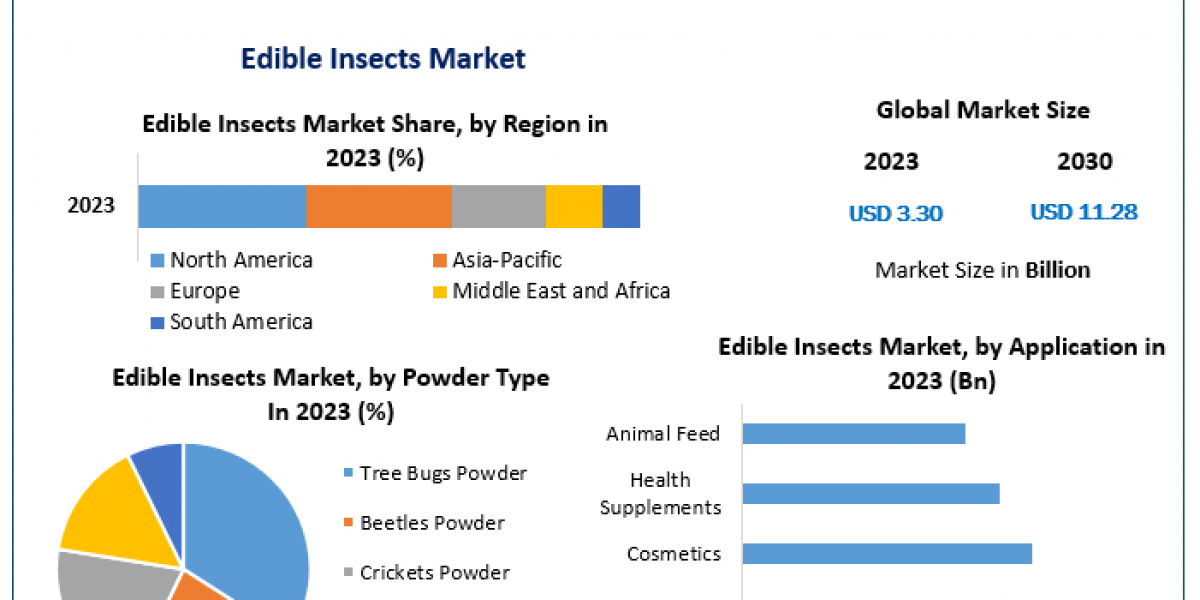Phenylmagnesium bromide, also known as phenylmagnesium halide, is a key organometallic compound widely used in organic synthesis. It belongs to the class of Grignard reagents, named after the French chemist Victor Grignard, who discovered their unique reactivity. Phenylmagnesium bromide plays a crucial role in the formation of carbon-carbon bonds and finds numerous applications in the field of chemical synthesis.
The preparation of phenylmagnesium bromide involves the reaction between bromobenzene and an activated form of magnesium, such as magnesium turnings or magnesium powder, in the presence of a suitable solvent, often anhydrous ether. This reaction is typically carried out under strict moisture-free conditions, as water can quench the reactive Grignard reagent.
Once prepared, phenylmagnesium bromide exhibits remarkable reactivity in Grignard reactions. It acts as a strong nucleophile, attacking a wide range of electrophilic functional groups, such as carbonyl compounds (aldehydes, ketones, esters, and carboxylic acids), epoxides, and halides. The nucleophilic attack by phenylmagnesium bromide leads to the formation of new carbon-carbon bonds, resulting in the synthesis of various organic compounds.
One of the most common applications of phenylmagnesium bromide is in the production of aromatic compounds. By reacting with carbonyl compounds, such as aldehydes or ketones, phenylmagnesium bromide can introduce a phenyl group onto the carbon atom adjacent to the carbonyl group. This allows for the synthesis of a wide range of aromatic compounds, including substituted benzene derivatives and complex natural products.
Furthermore, phenylmagnesium bromide can participate in other types of reactions beyond carbon-carbon bond formation. It can undergo transmetalation reactions, where the phenyl group is transferred to other metals, leading to the generation of new organometallic species. These intermediates can then be employed in various coupling reactions, such as Suzuki-Miyaura cross-coupling, to construct complex organic molecules.
It is worth noting that phenylmagnesium bromide is highly air-sensitive and moisture-sensitive. Therefore, it requires careful handling and storage under inert conditions to maintain its reactivity. Additionally, the reaction of phenylmagnesium bromide should be performed at low temperatures to control the reactivity and prevent unwanted side reactions.
In summary, phenylmagnesium bromide is a versatile Grignard reagent widely used in organic synthesis. Its preparation involves the reaction between bromobenzene and magnesium, and it exhibits strong nucleophilic reactivity. Phenylmagnesium bromide plays a significant role in the formation of carbon-carbon bonds, especially in the synthesis of aromatic compounds. Its reactivity and versatility make it an essential tool for chemists in the development of new pharmaceuticals, agrochemicals, and other complex organic molecules.



![Erectax Testosterone Booster DE, AT, CH (Deutschland) Bewertungen, Funktionsweise, Vorteile & Kauf [2024]](https://f002.backblazeb2.com/file/yoosocial/upload/photos/2024/10/dLl6ynUtN1LukXMKdiqn_17_3ad6f0078841f58c2f7865023ba8449c_image.jpg)





